
Posted by Shivam Singh
On 31st May, 2020
Konark Sun Temple (Surya Mandira) is a 13th-century temple at Konark about 35 kilometres from Puri on the coastline of Odisha, India and is dedicated to hindu sun god, Surya.
It was built in 1250 CE by King Narasimhadeva I (1238-1264 CE) of the Eastern Ganga dynasty (8th century CE – 15th century CE), with the help of 1200 artisans within a period of 12 years.
The temple in its present state was declared a World Heritage Site by UNESCO in 1984 CE. Although many portions are now in ruins, what remains of the temple complex continues to draw not only tourists but also Hindu pilgrims.
It stands as a classic example of Hindu temple architecture, with a huge structure, sculptures and artwork on innumerable themes.
The temple is designed as a chariot with 24 elaborately carved stone wheels which are nearly 12 feet (3.7 m) in diameter and are pulled by a set of seven horses. There are three images of the Sun God at three different sides of the temple, positioned in proper direction to catch the rays of the sun at morning, noon and evening.
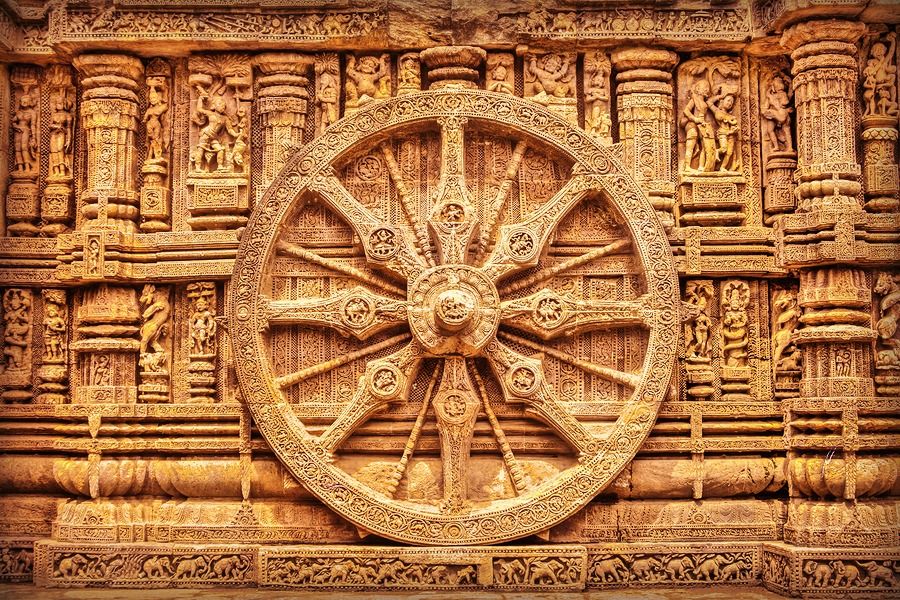
Around the base of the temple there are images of animals, foliage, warriors on horses and other interesting structures. On the walls and roof of the temple beautiful erotic figures are carved.
The Konark temple is widely known not only for its architectural greatness but also for the sophistication and abundance of sculptural work. Konark town is an exceptional mixture of marvelous temple architecture, heritage, exotic beach and salient natural beauty.
The large structure of Konark Temple seen today is actually the entrance of the main temple. The main temple which enshrined the presiding deity has fallen off and only the remains can be seen. Even in its ruined state it is a magnificent temple reflecting the mastermind of the architects that imagined and constructed it.
Eastern Ganga Dynasty
The Eastern Gangas established their kingdom in the Kalinga region in eastern India (present-day Odisha state) at the beginning of the eighth century CE. The greatest king of this dynasty was Anantavarman Chodaganga (1077 – 1147 CE), who ruled for about 70 years. He was not only a formidable warrior but also a patron of arts, and greatly favoured temple building.
The great temple of the god Jagannatha at Puri, begun by him, stands as a brilliant monument to the artistic vigour and prosperity of Orissa during his reign. His successors continued the tradition, with the most notable being Narasimhadeva I, who not only completed the construction of the Jagannatha temple but also built the temple at Konark.
Temple Architecture
The word ‘Konark’ is a combination of two Sanskrit words, kona (corner or angle) and arka (the sun). It thus implies that the main deity was the sun god, and the temple was built in an angular format. The temple follows the Kalinga or Orissa style of architecture, which is a subset of the nagara style of Hindu temple architecture. The Orissa style is believed to showcase the nagara style in all its purity.
The nagara was among the three styles of Hindu temple architecture in India and prevailed in northern India, while in the south, the dravida style predominated and in central and eastern India, it was the vesara style. These styles can be distinguished by how features such as ground plan and elevation were represented visually.
The nagara style is characterized by a square ground plan, containing a sanctuary and assembly hall (mandapa). In terms of elevation, there is a huge curvilinear tower (shikhara), inclining inwards and capped.
Despite the fact that Odisha lies in the eastern region, the nagara style was adopted. This could be due to the fact that since King Anantavarman’s domains included many areas in northern India as well, the style prevalent there decisively impacted the architectural plans of the temples that were about to be built in Odisha by the king. Once adopted, the same tradition was continued by his successors too, and with time, many additions were made.
The stone temple was made from three types of stone.
Chlorite was used for the door lintel and frames as well as some sculptures.
Laterite was used for the core of the platform and staircases near the foundation.
Khondalite was used for other parts of the temple.
The Khondalite stone weathers faster over time, and this may have contributed to erosion and accelerated the damage when parts of the temples were destroyed by Muslim invaders. None of these stones occur naturally nearby, and the architects and artisans must have procured and moved the stones from distant sources, probably using the rivers and water channels near the site. The masons (stone craftsman) then created ashlar (finely cut/worked stone), thereafter the stones were polished and finished so as to make joints hardly visible.
Why Chariot Shaped Structure ?
In Hindu Vedic iconography, Surya is represented as rising in the east and traveling rapidly across the sky in a chariot drawn by seven horses.
He is described typically as a magnificently glowing standing person holding a lotus flower in both his hands, riding the chariot marshaled by the charioteer Aruna.
The seven horses are named after the seven meters (basic rhythmic structure of a verse) of Sanskrit prosody: Gayatri, Brihati, Ushnih, Jagati, Trishtubha, Anushtubha, and Pankti.
Typically seen flanking Surya are two females who represent the dawn goddesses, Usha and Pratyusha. The goddesses are shown to be shooting arrows, a symbol of their initiative in challenging the darkness.
The architecture is also symbolic, with the chariot’s twelve pairs (total 24) of wheels corresponding to the 12 months of the Hindu calendar, each month paired into two cycles (Shukla and Krishna)
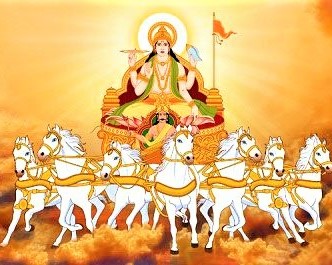
What Caused the Damage to the Temple?
The temple was in ruins before its restoration. Speculation continues as to the cause of the destruction of the temple.
Early theories stated that the temple was never completed and collapsed during construction.
This is contradicted by textual evidence and evidence from inscriptions. The copper plate inscription of 1384 CE from the reign of Narasimha IV seems to indicate that the temple was not only completed but an active site of worship.
Another inscription states that various deities in the temple were consecrated, also suggesting that construction of the temple had been completed.
A non-Hindu textual source, the Akbar-era text Ain-i-Akbari by Abul Fazl dated to the 16th century, mentions the Konark temple, describing it as a prosperous site with a temple that made visitors “astonished at its sight”, with no mention of ruins.
200 years later, during the reign of the Marathas in Odisha in the 18th century, a Maratha holy man found the temple abandoned and covered in overgrowth. The Marathas relocated the temple’s Aruna stambha (pillar with Aruna the charioteer seated atop it) to the Lion’s Gate entrance of the Jagannath Temple in Puri.
Texts from the 19th century do mention ruins, which means the temple was damaged either intentionally or through natural causes sometime between 1556 and 1800 CE.
The intentional-damage theory is supported by Mughal era records that mention the Muslim invader Kalapahad attacking and destroying Jagannath Puri and the Konark temple.
Other texts state that the temple was sacked several times by Muslim armies between the 15th and 17th centuries.
After the Sun Temple ceased to attract faithful, Konark became deserted, left to disappear in dense forests for years.
The natural-damage theory is supported by the nearness of the temple to the shore and the monsoons in the region that would tend to cause damage. However, the existence of nearby stone temples in the Odisha region that were built earlier and have stood without damage casts doubt to this theory.
Main Attractions
- The main temple structure and the geometrical patterns all around the temple
- The carved wheels and the spokes of the wheel which serve as sun dials
- Architectural figures including the war horses, the elephants and the guarding lions at the entrance
- The Nata Mandir (Dancing Hall)
- Three images of Sun God at three direction of the temple to catch the rays of the Sun at dawn, noon and sunset
- The various images of dieties, dancers, musicians, elephants and mythical creatures
- The second level of the temple structure which showcases the famous erotic sculptures
- The Sun temple museum run by Archaelogical Survey of India
- The Nava Graha (Nine Planets) Temple
Facts
- The Konark is the third link of Odisha’s Golden Triangle. The first link is Jagannath Puri and the second link is Bhubaneswar (Capital city of Odisha)
- The Konark temple is constructed as a gigantic chariot with 24 wheels about three meters high and pulled by 7 horses, housing the Sun God within
- The entrance is guarded by two huge lions, each killing a war elephant and beneath the elephant is a man. The lions represent pride, elephants represent wealth and both of them consumes man
- Konark temple was initially built on the sea bank but now the sea has receded and the temple is a little away from the beach. This temple was also known as ‘BLACK PAGODA’ due to its dark color and used as a navigational landmark by ancient sailors to Odisha
- Everyday, the Sun’s rays would reach the Nata Mandir from the coast and reflects from the diamond placed at the center of the idol
- A heavy magnet was placed at the temple top and every two stones of the temple is sandwiched by iron plates. The idol was said to have been floating in air due to the arrangement of magnets. The magnet at the top is said to have disturbed compasses for coastal voyagers and later on removed
References
Wikipedia – The Free Encyclopedia
Thekonark.in
Dr Avantika Lal’s article in Ancient History Encyclopedia
UNESCO’s listing of Sun Temple on its website
Google Images
Pinterest Images
Text is available under the license: Creative Commons Attribution-NonCommercial-ShareAlike; additional terms may apply. This license lets others remix, tweak, and build upon this content non-commercially, as long as they credit the author and license their new creations under the identical terms.
If you think any of the content here is not as per the copyright laws, please let us know via email or contact form on home page, content will be removed from page.
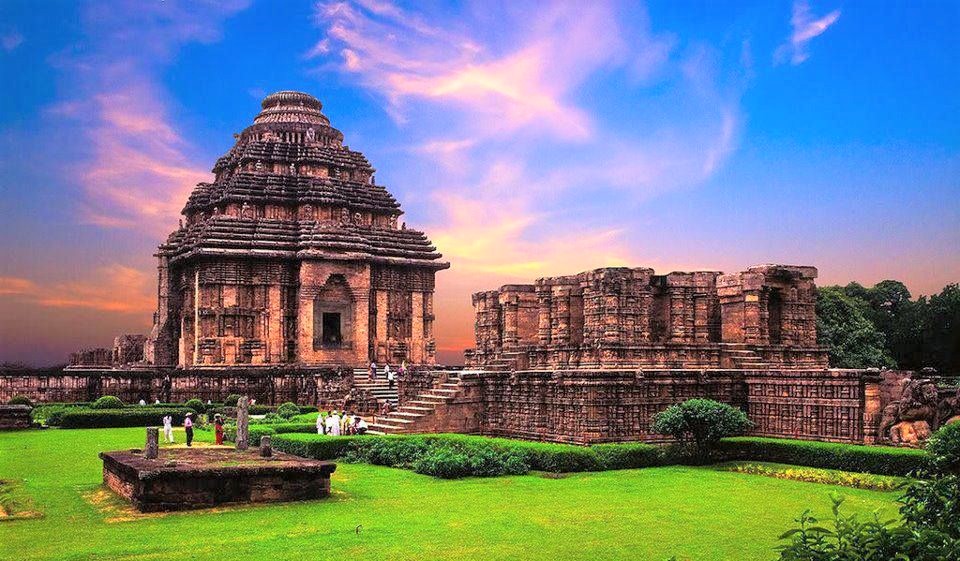
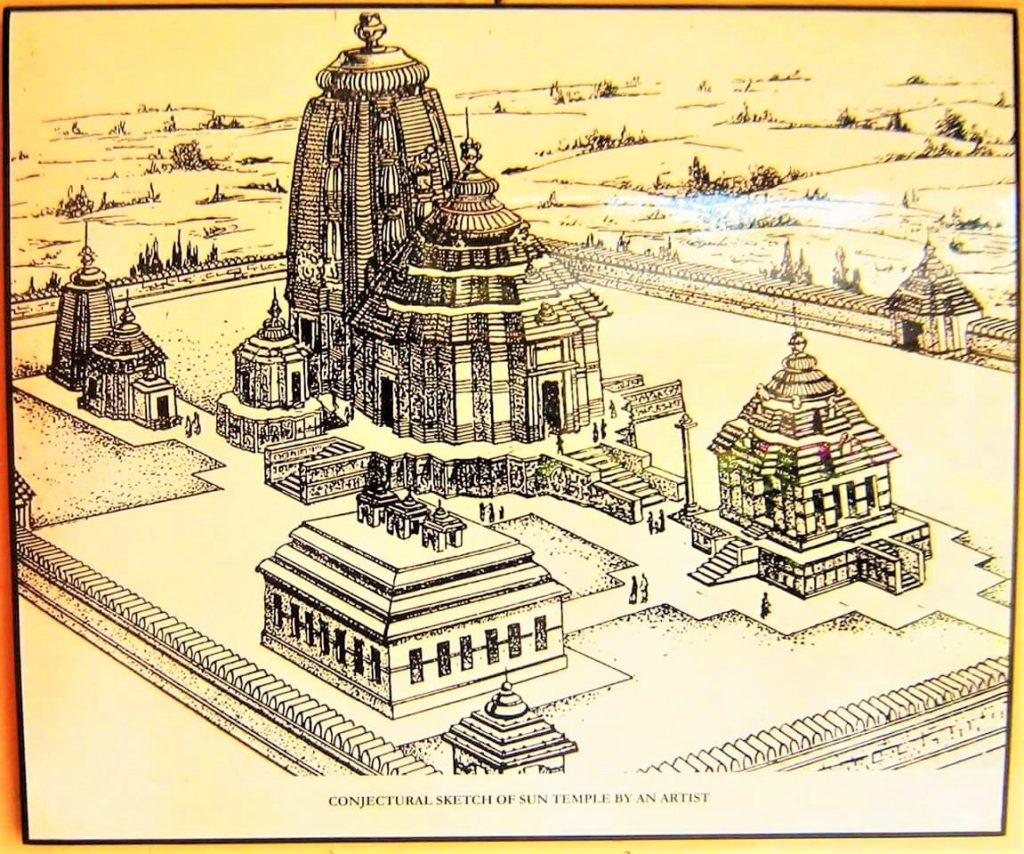

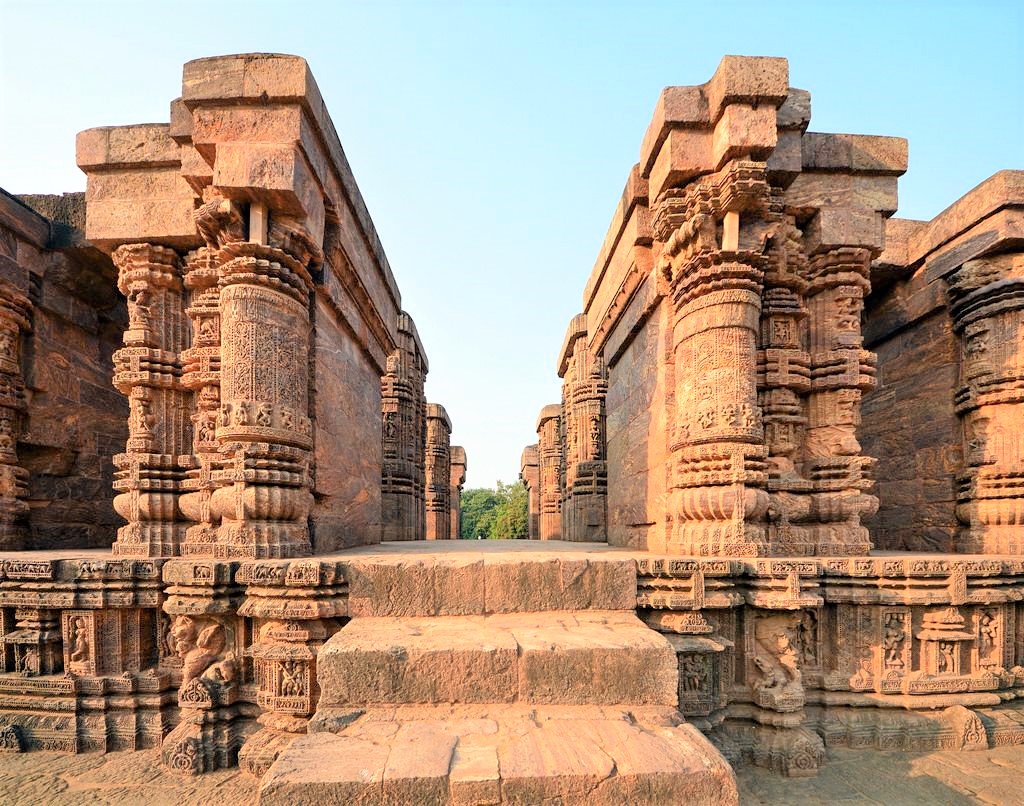
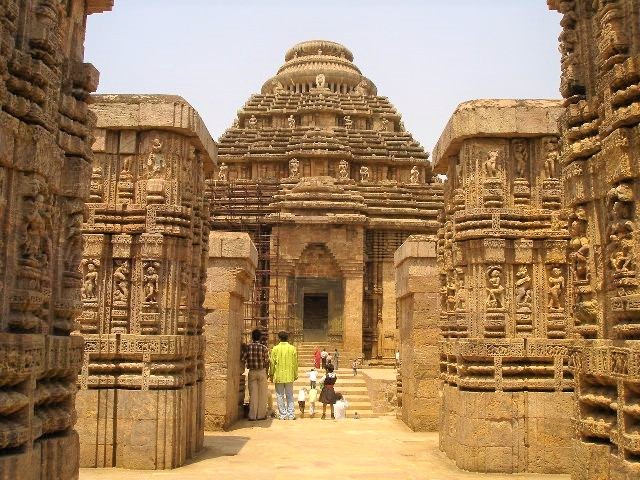
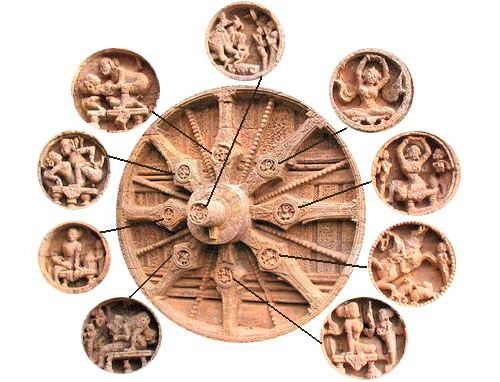
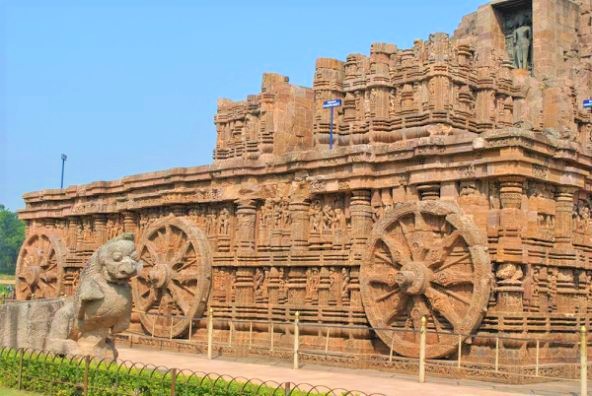
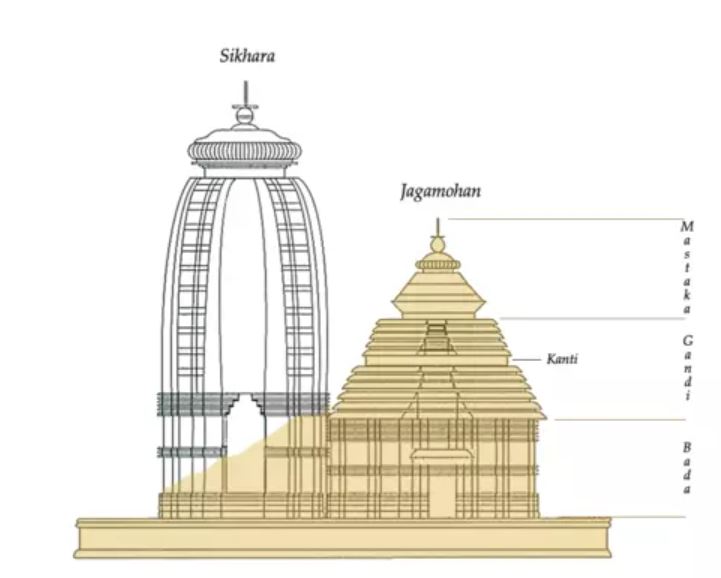
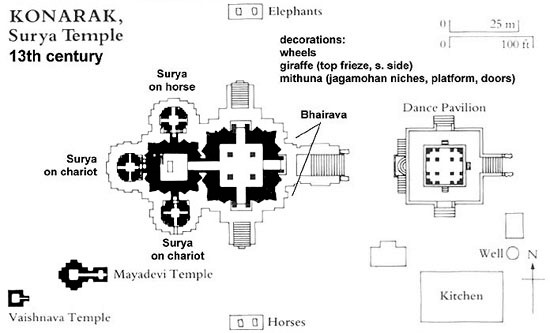
1 Comment
Himanshu Sharma · March 3, 2021 at 8:36 pm
Nice